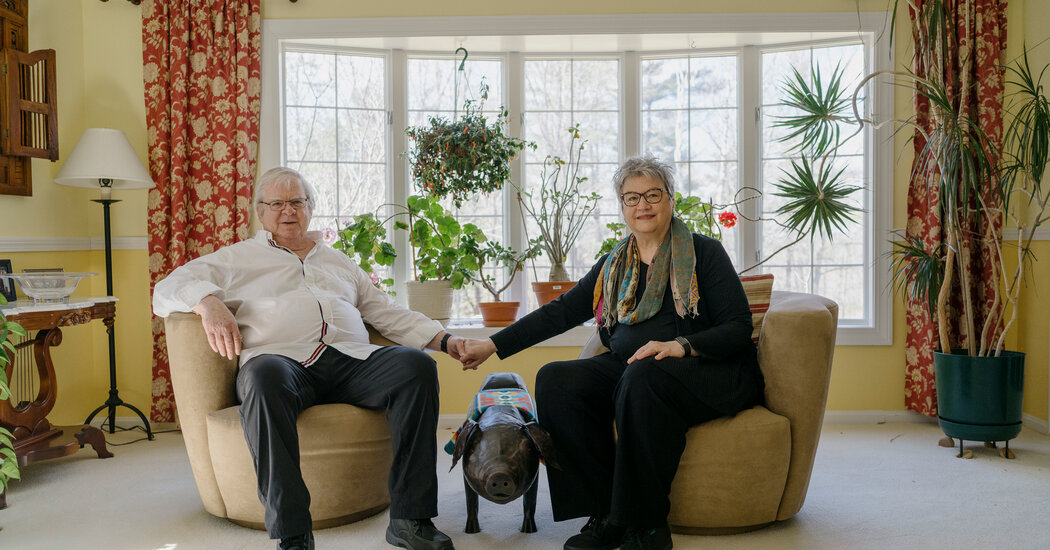
For about 15 years, Paula Span has dedicated much of her journalism career to covering one subject: aging, and the challenges that come with it.
Ms. Span writes The New Old Age, a twice-monthly column for the Health section at The New York Times about issues affecting older Americans. Among the topics she has recently explored are the costs of growing older, the rise of robotic pets as companions and the hazards of misinformation on social media.
Ms. Span took over the column in 2009, when it was just a blog. Before The Times, she wrote for The Washington Post’s Style desk and magazine, where in 2002, she reported an article about residents at an assisted-living facility in Bethesda, Md.
“At the time, people didn’t really know much about assisted living,” Ms. Span said. “It got me interested in spending time with older people and writing about these issues.” Four years later, she began writing her first book, “When the Time Comes,” about the struggles of families with aging parents.
In a phone interview from her home in Brooklyn, Ms. Span, 74, discussed how the column’s audience has changed over the years and why she reads every reader comment on her articles. These are edited excerpts from the conversation.
What makes for a good column of yours?
Something that’s a national trend or a development that’s rooted in fact, science and research and affects people. There is no shortage of such topics when you’re talking about a group as large as elder Americans. There’s something like 60 million people over 65 in the United States. It’s a very heterogeneous group. There are many things that this group is concerned about, like living arrangements; Medicare and other insurance and policy issues; health; end-of-life connections. It’s a big canvas, which makes it enjoyable and continually interesting. When I took the column on, I thought I’d run out of material in a few years. Of course, 15 years later, there’s still so much to talk about.
